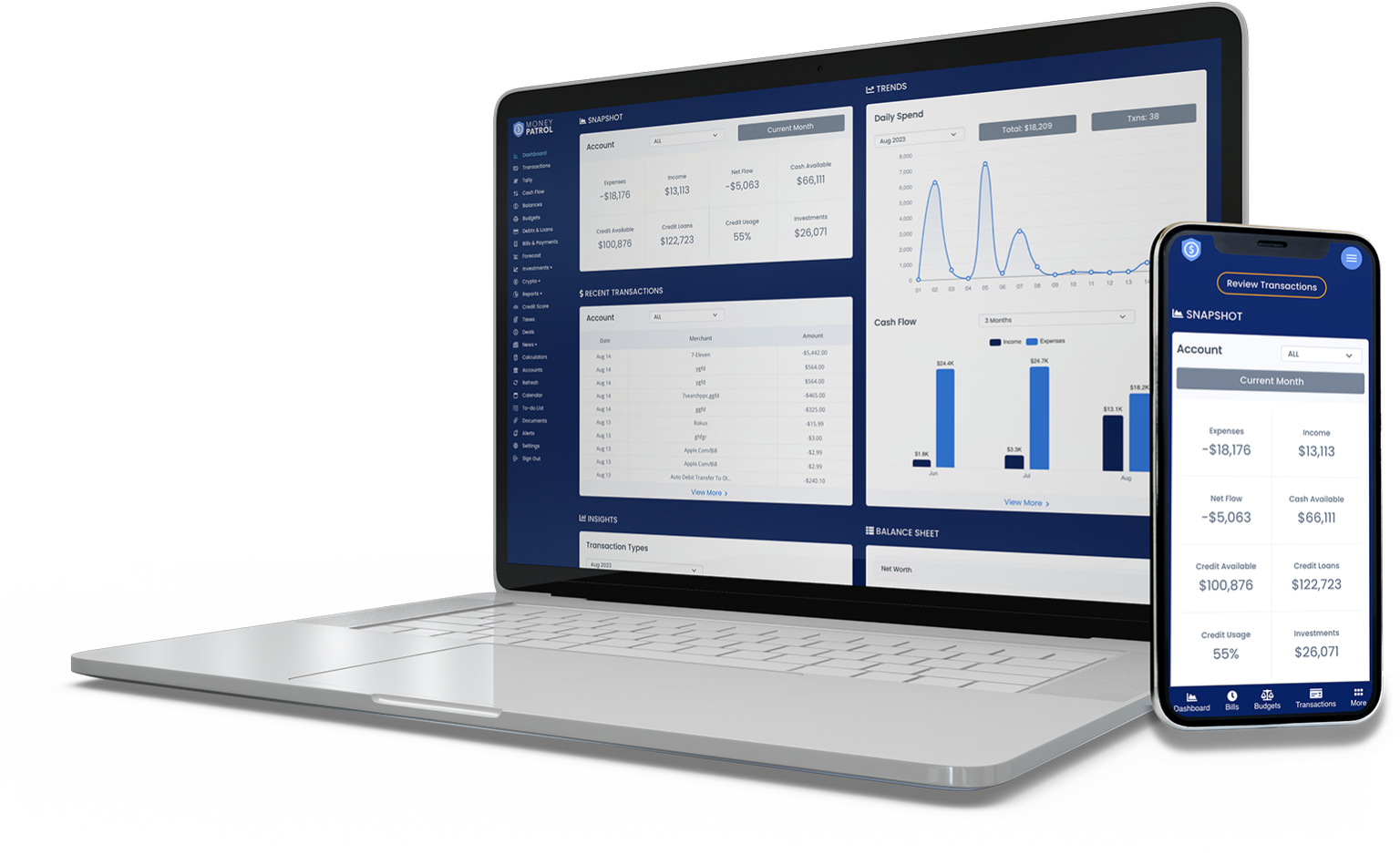Debt refinancing is a broader phrase than restructuring when a borrower uses a new loan with better conditions to pay off an existing loan.
- Before embarking on any debt repayment strategy, borrowers should examine the actual price of bankruptcy.
A borrower asks for another loan or debt instrument with better conditions than a previous agreement that can be utilized to pay off the earlier obligation of debt refinancing.
Applying for a new, cheaper loan and using the proceeds to pay off the responsibilities from a current loan is an example of refinancing.
A debt refinances switch your current home loan with a new one.
- People usually refinance to reduce monthly payments, decrease the interest rate, or tap into their equity.
Many people refinance to pay off the loan faster, get rid of the debt, or switch from an adjustable-rate to a fixed-rate loan or vice-versa.
- Debt refinancing means you have to qualify for the loan, just like you had to meet the lender’s requirements for the new mortgage.
- You have to apply, go through the official process, and go to closing, similar to when you bought the home.
- Refinancing is employed more frequently than restructuring since it is a faster process that is easier to qualify for and has fewer negative consequences.

1. What Happens through Debt Refinancing?
Refinancing a private loan entails replacing an existing loan with a fresh one with lower monthly payments and better interest rates. It’s frequently done when borrowers can’t afford their high equivalent monthly installments (EMIs), the interest rate on their present loan is too high, or simply because some other lender offers lower interest rates.
- Lower interest rates, lower fees, and better loan terms and conditions are all advantages of refinancing your loan.
- You also can refinance your private loan to reduce the loan term and save money in the long run on interest.
- When you refinance your loan, your present lender relinquishes the loan to the new lender.
If you want to refinance a loan, you must first read the terms of your present arrangement to discover how much you’re paying.
Check to see if your present loan has a prepayment penalty, as the cost of early termination may offset the benefits of refinancing.
After you’ve determined the worth of your current loan, you can shop around with a few lenders to locate the conditions that best suit your needs.
- A multitude of loan choices is available these days, whether you’re trying to modify term durations or lower the rate of interest.
Thanks to new internet lenders aiming to compete with established banks, there are offerings and plans geared to all financial goals.

2. Why do Debt Refinancing?
1. Increased Cash Flow
You can open up a great deal of cash flow by refinancing your outstanding loans to a cheaper rate. You can make more revenue or re-invest the increased cash flow in new areas, machinery, inventories, and wages, to mention a few examples, with greater cash flow available.
- At the very least, extra income flow can provide your budget with more breathing room, alleviating the burden of making monthly obligations like rent, electricity, and vendor fees.
2. To Consolidate Existing Debts:
Consolidating your debt payments can help you save money on interest or extend the time it takes to pay off your obligations. It can also make repayment easier because you’ll only have to make one set of installments.
- When you consolidate your debts, you’ll have to pay back one loan rather than many loans with various interest rates.
3. Lower Long-Term Financing Costs
Although if you refinance into something of a better-rate small business loan, you’ll have some upfront charges when the new loan closes. However, you should eventually benefit in the long run if the new loan’s rates and payback terms are beneficial.
- However, before agreeing to refinance, you should weigh all fees to ensure that the transaction works to your advantage.
Lower interest rates might increase cash flow, whether it’s due to debt consolidation or a transition to a fixed loan. - You may put this money back into your company and make it grow. You should be aware of several issues when you consider whether or not to proceed with refinancing, like hidden expenses or stiff punishments for late payments.
Do your homework ahead of time and make the best decision for your company’s financial future.
4. Increased Adaptability
Whether with lenders, distributors, or vendors, you won’t get the most acceptable prices when starting a new business. If you’re one of the rare small business owners who makes it past the beginning stage, you’ll have more negotiating power, especially when it comes to financing.
- If you pursue debt refinancing as just a reliable business, you’ll probably have more funding possibilities in the future.
- You may be able to pay back your loan balance into one that better matches your business’s demands because you have more options.
5. You wish to switch from an adjustable-rate to a fixed-rate loan:
If you got a loan when interest rates seemed expected to rise, you probably chose a fixed-rate loan. You can take advantage of future interest rate drops with an adjustable-rate loan.
- If market expectations predicted a relative decrease in interest rates, you would have opted for a loan with a variable interest rate.
3. What Should be the Concerns During Debt Refinancing?
1. Your savings may be limited depending on your current rate of interest.
If you refinance the property, there’s no way of knowing how much money you’ll save. You may not notice a significant adjustment in your interest rate or monthly payments if your financial condition hasn’t altered since you took out the loan.
- Refinancing often comes with costs, so consider how much you’re willing to spend versus what you’ll save.
- Interest rates are determined by some factors, namely your credit record as well as the types of credit you’re seeking.
Even after deducting the tax deductions, you may also be paying the massive interest rate each month, cutting into your savings.
2. There is Collateral.
By consenting to offer collateral to the creditor, you may be putting some of your company’s assets at risk. It’s also possible that you’ll be required you guarantee the debt, placing your assets in jeopardy.
3. It takes Time to Refinance.
Refinancing the home is not a task that can be completed in a single day. It can be demanding on one “s life, especially if your payments or interest do not alter significantly. To get a cheaper rate, you’ll need a lot more resources, time, and money.
4. Detrimental to Your Credit Score
The creditor you work with will run a thorough investigation on your credit reports when you refinance debt.
- It may have a short-term negative impact on your credit score, but if you pay your bills on time and in full, the effect will be minimal in the long run.
Furthermore, because refinancing debt entails taking out such a new loan to replace an old one, your credit score may suffer when the mean age of your credit decreases.
5. It Isn’t Suitable for Everyone
Debt refinancing may appear appealing if you have a high-interest loan, but it is not for everyone. Aside from the rate, there are several charges and aspects to consider.
6. Difficulties with Cash Flow
It is not a brilliant idea to take out a loan, and if you’re not optimistic that you will be able to repay it. Every month, not every firm sells the same amount. In truth, most people experience busier times of time than others.
On the other hand, Lenders typically demand debt funding to be paid in equal monthly payments.
- It can be a significant difficulty, resulting in delayed payment or even defaults, which can hurt your credit in the long run.

4. Tips to Optimize Debt Refinancing
1. Look Around:
A financially confident person must always be aware of the numerous options for debt refinancing. It is always good to ask questions. What appears like a good deal might not be a reality because the fees may differ. Always include closing costs in estimating each refinances option.
- Refinance with the help of an expert: Find an expert who is skilled in helping people refinance their debts.
- It can be anyone committed to helping people thrive and prosper through banking services and financial guidance.
2. Consider Benefits of Refinancing:
If you want to refinance your debt, you must check out the array of loan types lenders offer. Each may come with its set of advantages and disadvantages, but there will always be one who is the best fit for your situation.
Many lenders will refinance your loan gladly, even if it’s not in your best interest, provided that you are eligible for it.
- Hence, it’s essential to understand the deal’s financials before refinancing debt.
Fortunately, if you can lay out all the benefits and costs to your business, the decision should be easy for you.
3. Seal a Cost-Efficient Rate:
In the end, it is wise to lower your monthly payment and restructure the time length taken to pay off your loan. However, a lower rate isn’t always possible during a refinance, depending on your rationale for the new loan.
4. Evaluate Terms
When it comes to debt refinancing, you must always read the fine print. Some lenders can offer lower rates, but they have much longer terms. To verify if a loan is worthwhile compared to your current debt, you should multiply what you are currently paying by the number of months remaining. Do the same for the refinance option and evaluate if it is a good fit.
5. Improve Your Credit Rating
A bad credit score can cost you money and damage your chances of securing a remortgage. It implies you’ll end up paying thousands more throughout the life of your loan. You won’t be able to take full advantage of the cheapest rates if you have a low credit score.
6. Prepare for Closing Costs
When it comes to refinancing, many homeowners ignore closing expenses. You’ll have to pay closing expenses when you refinance, just like when you took out your first mortgage loan. Depending on the region, the particular closing fees you’ll need to cover will vary. The following are some examples of everyday expenses:
Fees for attorneys include:
- Expenses for insurance policy and title searches
- The cost of the application
- Fee for inspection
- Fee for appraisal
- Points for saving
7. Put Yourself in the Best Position For Appraisal Success
An appraiser will give your home requirements and cost value during your evaluation. In the best-case scenario, your appraiser assigns a discount to your home that is greater than what you paid for it. If the appraisal returns low, you may have to reduce the refinance amount you’re asking.
8. The Disparity Between No-Closing-Cost Refinances and Regular Refinances
If you can’t afford to pay the closing charges, your lender may give you a refinance without them. Your lender renounces your initial closing fees, but in trade for this convenience, you’ll have to accept a higher interest rate.
- You may be able to roll your refinance closing expenses into your loan if your lender allows it.
9. React quickly to Lender Inquiries
When it comes to the length of time, it takes to refinance. You should expect it to take between 30 and 45 days. By promptly responding to any inquiries from your lender, you can guarantee that you refinance fast and smoothly.
- Your lender may request additional evidence to corroborate your credit, work, or financial history during underwriting.
Send these credentials to the lender as soon as possible once they’ve asked for them, and include the communication details if they have any further questions.
Your lender will send you a Closing Disclosure when they’ve finished processing your mortgage and reviewing your appraisal.
10. You can take a variety of strategies to lower your stress levels before or during a refinance.
To begin, determine what you want from your refinance and evaluate lenders. It will assist you in selecting the best lender for your refinance. Whenever you submit your application, make sure you have all your financial documents and information.
- Knowing and increasing your credit score when refinancing might save you money and hassle.
- Examine your account statements for inaccuracies, and if your score is poor, work to raise it.
Improve your home after submitting your application to achieve a positive appraisal. Lock in your interest rate to keep your borrowing costs under control. Finally, be sure you have enough funds to meet closing costs.
5. Conclusion:
Simply put, debt financing is the formal term for taking loans from a third party and promising to repay the principal plus a predetermined amount of interest.
When most people think of debt financing, they think of banks, but small business owners can choose from various options. Microloans, borrowings, lines of credit, and peer-to-peer loans are examples.
In addition, there are numerous debt financing advantages and disadvantages to consider before obtaining loans from a third party.
These must be carefully weighed, and it’s vital to realize that what works for a tiny business person may not work for another.
The deciding factor is:
- How vital will it be for you to keep complete control over the company?
- How important is it to understand precisely how much you’ll have to pay each month?
- Are you comfortable with making regular monthly payments?
- Do you think you’ll be able to get loan financing? What’s your credit history? Have you got a decent credit score?
- Do you have any materials that you could use? Are you confident in your ability to use it?
- Many lenders will gladly refinance your loan if it isn’t in your best interest if you qualify. That’s why, before refinancing debt, it’s critical to remember that it’s up to you to grasp the financials of the arrangement.
- Luckily, if you can set out all of your company’s costs and benefits, you’ll be able to make an informed decision.
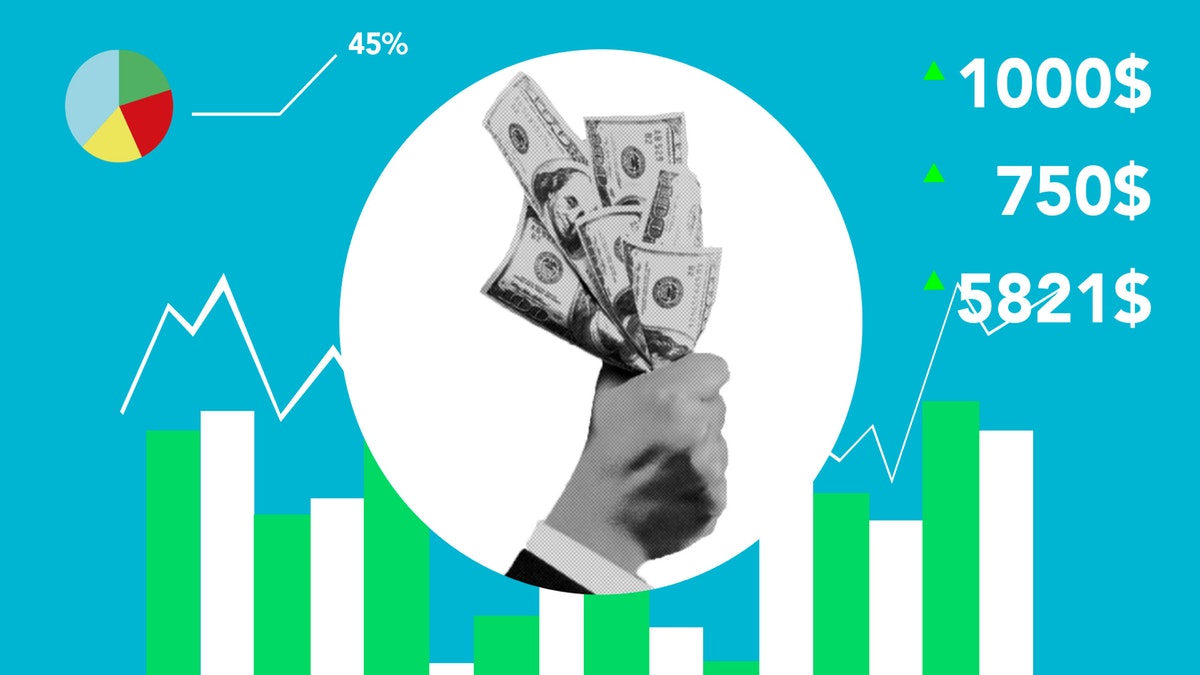
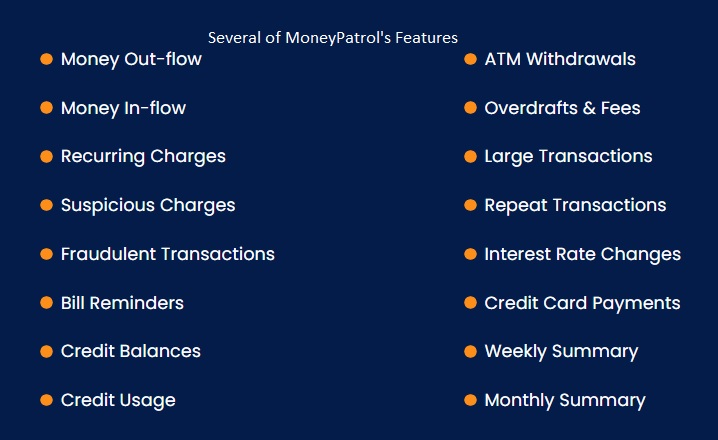

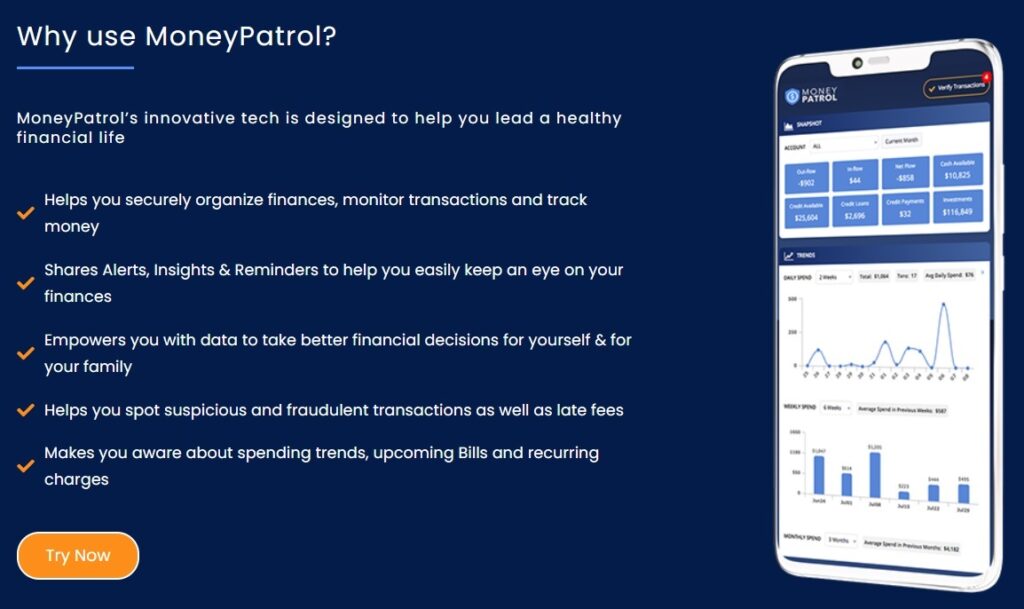
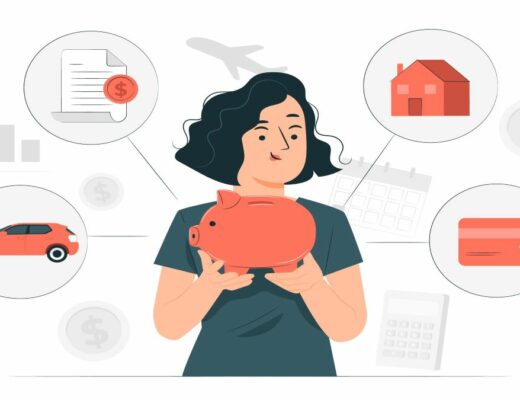


 Our users have reported an average of $5K+ positive impact on their personal finances
Our users have reported an average of $5K+ positive impact on their personal finances
